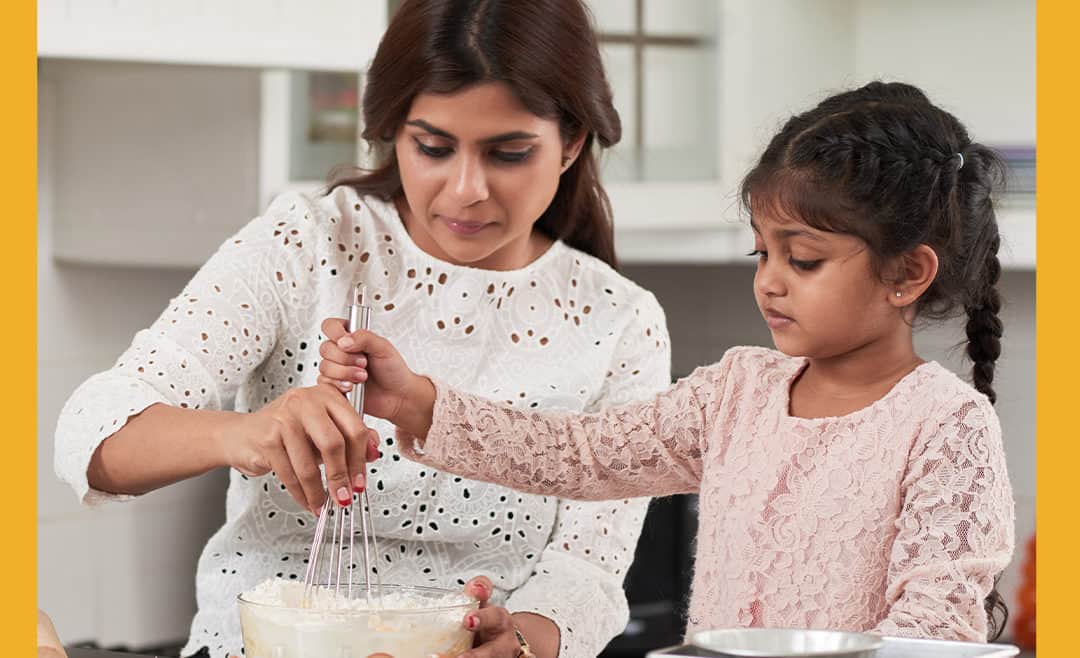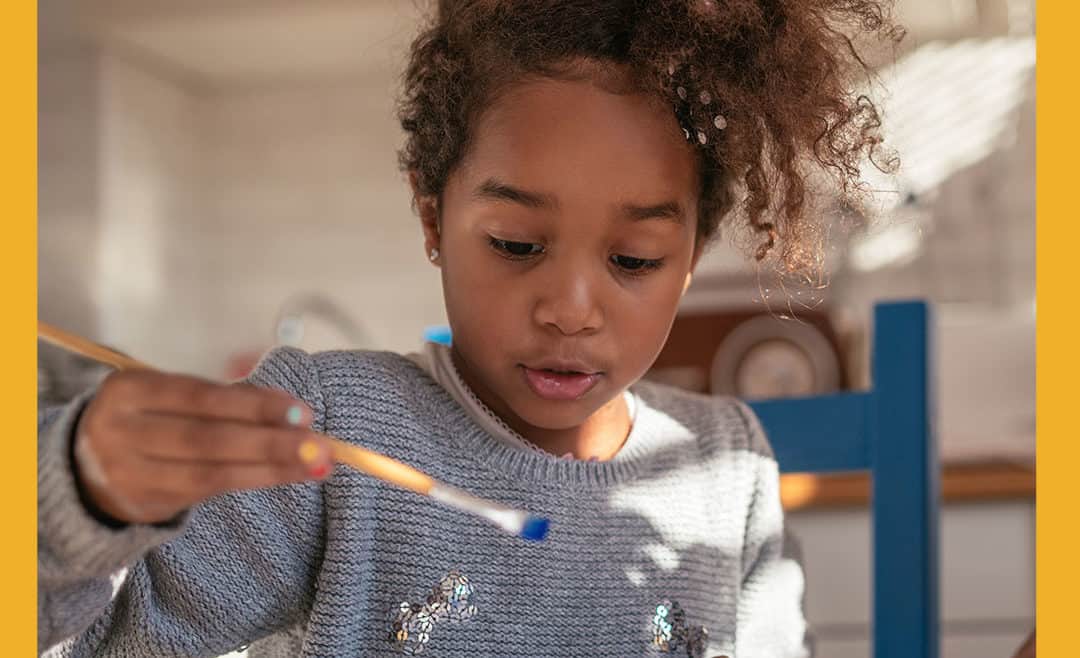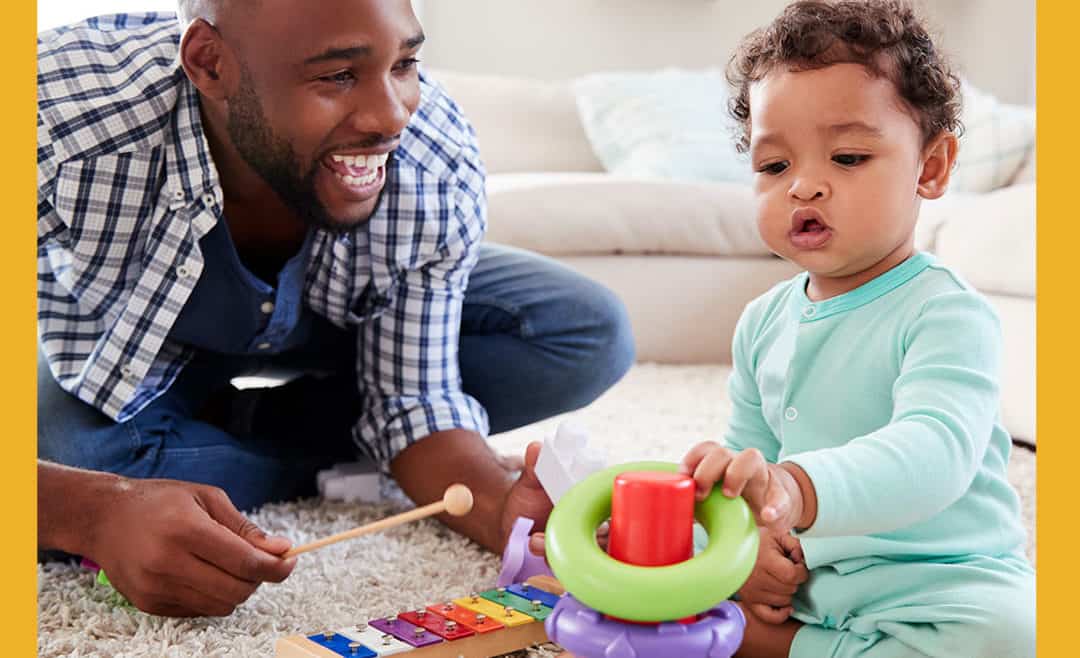National Play Therapy Week runs February 7th through the 13th and we are super excited to celebrate it! Learning through play is one of the most fun and effective ways to help your child work on their development, which is why we always incorporate play into our pediatric therapy sessions. When your child learns through play, they will be motivated to work toward their goals while also engaging in activities that will bring them joy and better their overall mental and physical well-being.
If you’re looking for some ways to celebrate with your kiddos this week but aren’t sure where to begin, don’t fret. We’ve put together a list of fun, family activities that you can try during National Play Therapy Week and beyond – enjoy!
Astronaut Scavenger Hunt: Put on your spacesuit and get ready to blast off! It’s time to save the universe in this outer space-themed scavenger hunt. Get together with your family and do your best to draw all of the planets, each on a separate piece of paper. Once you’ve finished, have your little ones go to their bedroom and shut the door – no peeking.
Hide each planet in different spots around the house where your child may have to crouch, squat, or go on their tippy toes to find. Now, explain to your kiddos that it’s their job to save the universe by finding and collecting each planet. They’re our only hope!
Pretend Bake Sale: Have your child round up all of their favorite dolls, action figures, or stuffed animals, and tell them that their toys will act as the customers for your pretend bake sale. Use fake money and divide it up between each one of your child’s toys so that they can use it to purchase some of the delicious goods that you’re about to bake. Then, decide on one or two items that you want to make, and get baking! Let your kiddos help add the ingredients, stir the batter, and decorate. Your child will love being able to “sell” their completed products to their pretend customers The best part? You get to eat all of the leftovers!
Create Rock Friends: Gather up your art supplies and create some colorful rock friends! This is the perfect play therapy activity to get those creative juices flowing. To begin, bundle up, go outside, and find some flat rocks that you can paint on. Then, wash any dirt off of the rocks, dry them, and get painting! You could make a ladybug, bumblebee, turtle, or simply glue some googly eyes onto the rock and paint a smiley face – the possibilities are endless!
Happy National Play Therapy Week!
If you’re looking for some ways to spread the word about the positive effects of play therapy, the Association for Play Therapy has some incredible resources including images that you can share with your friends and family on social media. As always, if you think that your child could benefit from pediatric therapy, please don’t hesitate to contact us.











